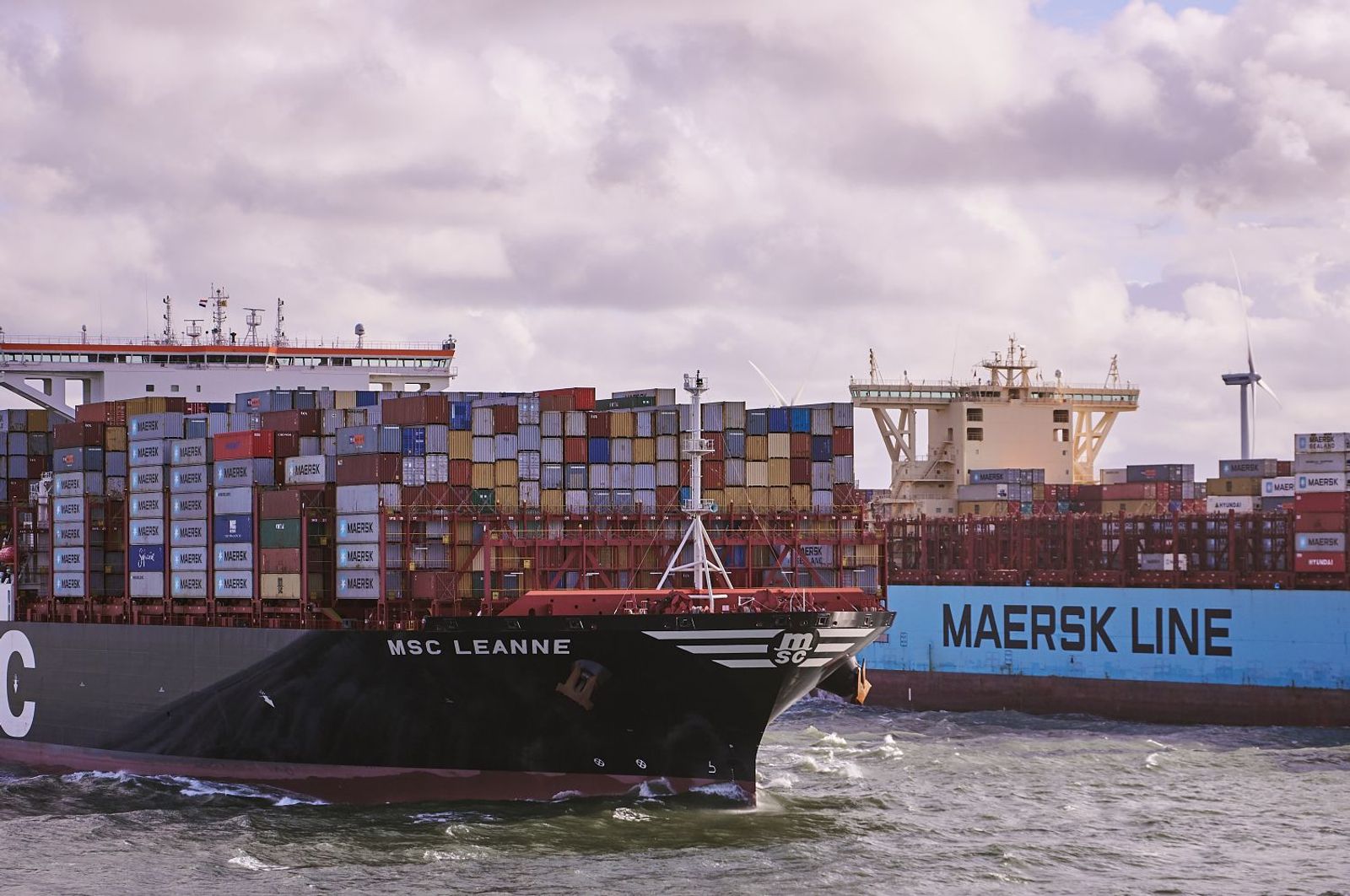
The next two years are widely forecast to bring some lean times to carriers — even periods of red ink.
Sustained injections of tonnage — new and secondhand — and a strong order book have been encouraged by a combination of money in the bank, the need for critical mass in new alliance structures and the drive toward alternative fuels. Unless world trade growth reaches unprecedented levels, there will be significant overcapacity for an extended period. And if the Red Sea fully reopens, that overcapacity will only be exacerbated.
Why then, should carriers be optimistic about their ability to alleviate short-term losses and produce healthy profits over the cycle?
For long-term watchers of the industry, the turning point for the carriers was the bankruptcy of Hanjin in 2016. Up until that point, carriers had a very poor return on capital and very little control over their future profits in a highly fragmented industry.
The COVID-19 pandemic, and more recently the Red Sea crisis, were unusual events that gave an unexpected boost to carriers'results. But Hanjin's collapse was the catalyst for a consolidation which, alongside organic growth of the bigger players, means that today the top five carriers control 64.5% of global capacity, according to Alphaliner, while the top 10 control 84.1%.
We can only speculate on the ultimate ambitions of Mediterranean Shipping Co., but most of the rest of the top 10 have ambitious fleet expansion plans — particularly CMA CGM and Cosco Shipping.
Outside the top 10, there are few carriers that have significant growth plans, so the top 10's percentage of world fleet will continue to rise.
Controlling supply — and price
The degree of consolidation that has taken place does not mean that carriers can defy rate gravity if there are unbridgeable gaps between supply and demand. But it does mean that in a down market, the biggest carriers can provide leadership by withdrawing whole strings. And in an up market, the carriers can act very quickly to increase rates, and as we have seen, amass big war chests.
We will see some rocky periods ahead, but the carriers' collective ability to control the supply lever, and thus price, has significantly increased.
There is the less talked about factor that has also helped control the free supply of capacity — the reduction of the non-operating carrier fleet. The non-operating fleet and the leasing companies' container fleets can be viewed as the elastic in the container shipping industry — helping carriers to meet incremental short-term capacity needs in different geographies, but on a bigger scale providing the opportunity to launch new products, especially for asset-poor new entrants.
Alphaliner recently reported that the most traded sector of the charter market — 7,000- to 9,000-TEU ships — lost a massive 2.3 million TEUs of capacity in the last five years. It further reported that more than 3.7 million TEUs of non-operating capacity was sold to end-users between Aug. 20 and March 25, although this was partially offset by 1.2 million TEUs of new capacity delivered to non-operators and 221,000 TEUs bought from end-users. The biggest buyers were MSC and CMA CGM.
How does this affect the charter market, the carriers who bought the tonnage, and the fluidity of the industry?
Buoyant charter market
Pundits have been shocked that the charter market has stayed as buoyant as it has. The Red Sea issue, the move from three to four east-to-west carrier groupings (counting MSC as a grouping) and intermittent congestion have all been important incremental demand generators. The fact that there have been shortages of ships available for charter in non-operating fleets, however, has also been pivotal.
Carriers can be more creative with surplus assets and currently, at least, can bear less-than-optimal deployments. If non-operators get in a surplus position, they may have more need to be price-reactive. Ironically, then, the loss of some of their fleet to carriers has been a good thing for those non-operators who have held onto their assets. There is now less elasticity of supply in the charter market and more capability for non-operators to hold a firm line on price even when markets appear unfavorable, although similar to their operating carrier clients, they will not ultimately defy heavy gravity.
We can assume the motives of MSC, CMA CGM and others for buying secondhand tonnage in smaller sizes from non-operators was based purely on perceived low asset prices and a desire to have greater control over north-to-south trades and regional feeders.
The fact that this has limited the capability and the drive of the charter market to provide sharply priced tonnage to their competitors and any aspiring new entrants is, however, a helpful bonus.

